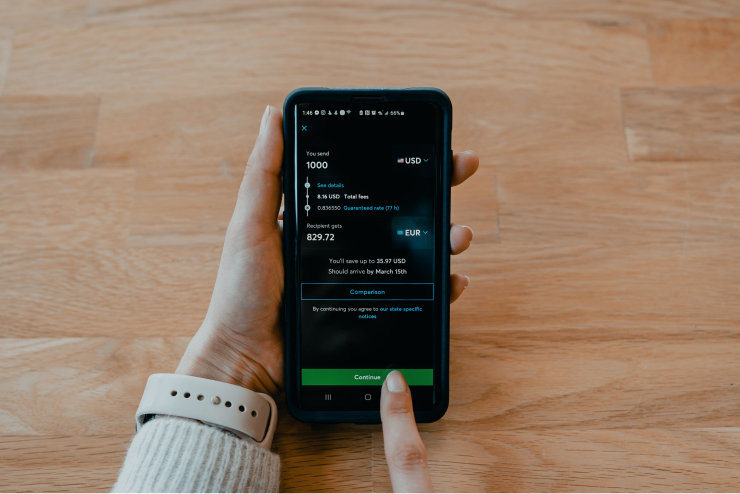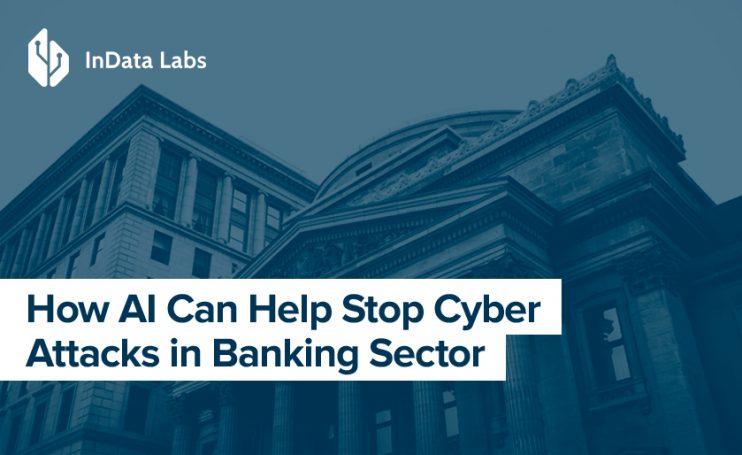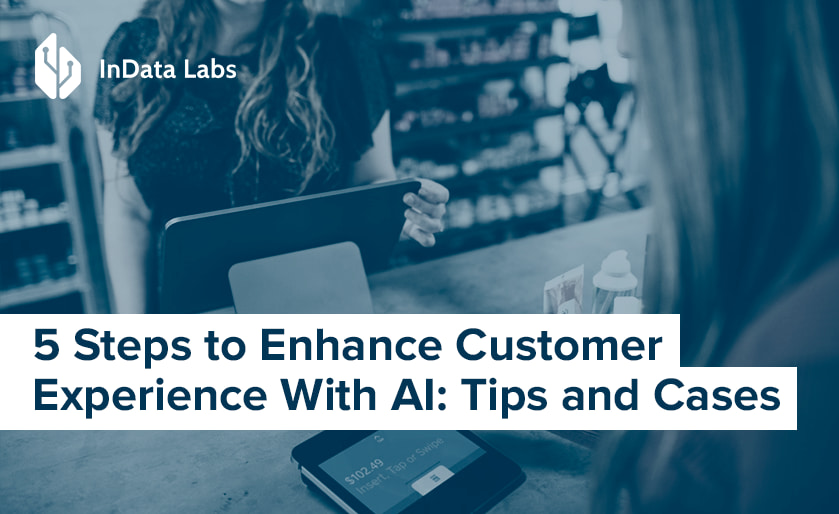Cyberattacks are not uncommon in any industrial sector, but even more so within the banking sector. According to the latest IBM Security X-Force report the finance and insurance industry was the most-attacked industry, for the fifth year in a row. It accounted for 23 percent of the total percentage of attacks on the top 10 industries. Banks generally hold a lot of sensitive information related to customers and companies that have accounts within the bank. Due to this, wealth managers and bankers have to spend more money than other sectors in fixing issues that arise as a result of cyberattacks.
Cyber threats can potentially dismantle large enterprise networks and access sensitive and private information that is otherwise secured with sophisticated security systems and protocols. Relying just on cybersecurity experts may not offer a foolproof solution to prevent major cyber attacks by attackers. This need for better security systems has led to banks investing extensively in artificial intelligence and the features it has to offer.
It’s observed that more companies are utilizing AI to prevent cyberattacks and frauds, than other vendor-related services. Considering that, it is important to analyze the relationship between artificial intelligence implementation in tandem with the security measures taken by banks so that a comprehensive approach can be defined in the event of a malicious cyberattack.
Artificial Intelligence and Banking
Artificial Intelligence as a technology has been used by banking sectors for several years now. AI has a wide range of applications within the banking industry. The intuitive and automated workflows offered by AI-driven banking systems can offer solutions for many problems. Not only does it help monitor the authenticity of users, but also in preventing potential threats and risks in advance.

Source: Unsplash
Many banks also use AI algorithms to scan the information pertaining to users thus enabling them to offer customized products and services to customers. What’s more, artificial intelligence can automate many banking processes that would otherwise require a lot of manual work, and be prone to human error.
Here are a few ways in which artificial intelligence can prevent cyber attacks within the banking sector:
Run Regular Mock-Cyberattack Scenarios
You might have already heard of, or participated in mock fire or earthquake drills. They might seem silly at the outset, but these mock drills prepare people to tackle such major hazards in a better way, and potentially save lives. A similar approach is required to be implemented by banks in tackling potential cyberattacks. Being prepared for such events in advance is a great approach towards risk mitigation and management.
When banks have AI-powered systems that can deal with these scenarios, it is important not to only check the robustness of the security systems regularly but also implement mock cybersecurity challenges that would force banks to utilize AI algorithms and related measures. This process can help banks in identifying the most critical business processes and segments to protect and the parameters to implement for prioritizing the sections of the system to secure.
For instance, by running periods in cyberattack-like simulations, banks are well-equipped during real attacks, and thus can anticipate potential damage and attacks that threaten their security systems. Moreover, it also helps organizations protect sensitive PII (Personally Identifiable Information) much more securely, which is a dire need for banks.
Natural Language Processing (NLP)
Natural Language Processing is a branch of AI that deals with the usage of natural language to facilitate interactions between computers and humans. The specific goal of NLP is to identify, decipher and analyze patterns and valuable information within natural language to utilize it effectively. Banks use NLP to analyze large datasets of emails and information to find any information or links that indicate potential cybersecurity risks and threats.
With the use of NLP, banks carry out highly sophisticated security checks and identify vulnerabilities and risks before they attack the internal systems, giving them ample time to prevent the attack. Patterns of malicious behavior can be identified and isolated immediately, through NLP-based cybersecurity protocols, and constantly monitoring the emails and information that enters the banking system.

Source: Unsplash
For instance, if an email containing malicious links/files or malware enters the banking system, NLP would be able to analyze and scan the email, remove it from the system and ensure that it does not affect any major processes or information.
High-Level Machine Learning (ML) Products
Machine learning is another vertical within AI that provides high-level applications within cybersecurity in the banking sector. The IT teams and departments within banks can utilize machine learning and neural networks to anticipate the next steps that the attackers might take and be able to prevent it effectively.
Machine learning enables products and features that help banks in tracking any threat or security issue in real-time, thus making the entire security process much more proactive and efficient.
Machine learning algorithms are adept at identifying fraudulent activities. They can immediately pinpoint suspicious activity, fraudulent transactions, verify user identity and take real-time actions for the prevention of cyberattacks. Moreover, data scientists can also train systems to flag any money laundering attempts or to isolate potential cyber-attacks so that the negative effects of such attacks can be minimized and controlled.
For instance, if you use online banking, you already know that the inability to verify your identity directly leads to preventing entry within your account, or in some cases even suspension of all transactions to and from the account. This happens because an algorithm flagged you as an unauthorized user, and alerted the banking system to prevent your entry.
Wrapping Up
Artificial Intelligence is no more an advanced technology that has limited penetration in the business world. It is now one of the most commonly used technologies in almost every sector, especially so in the financial services and the banking industry. Banks can utilize artificial intelligence and its many branches of application to create a more secure environment for their users and prevent cyberattacks.
Cybersecurity can be ineffective for banks if they rely solely on cybersecurity personnel, but having a comprehensive security policy with the right support from AI can be quite fruitful.
Author Bio
Lucy Manole is a creative content writer and strategist at Marketing Digest. She specializes in writing about digital marketing, technology, entrepreneurship, and education. When she is not writing or editing, she spends time reading books, cooking and traveling.
Develop AI-Powered Banking Apps with InData Labs
Need to develop an AI-assisted banking app? Schedule a call with our tech team to discuss your ideas.



